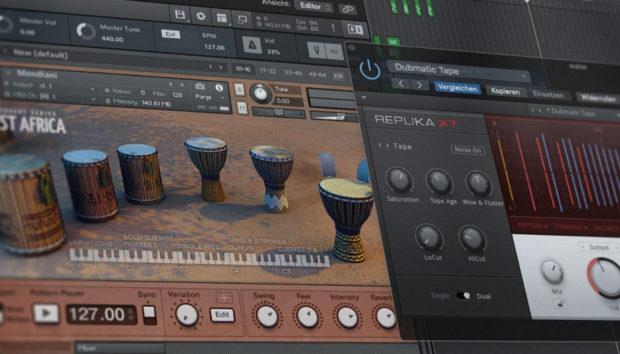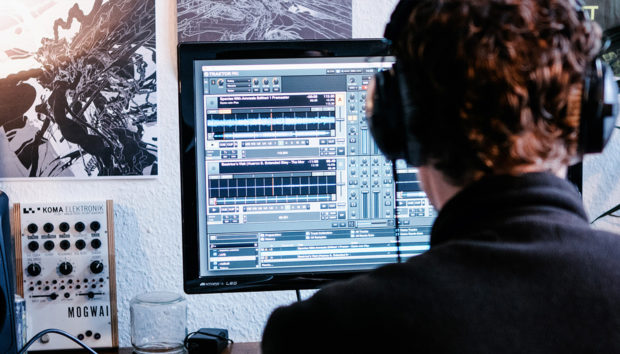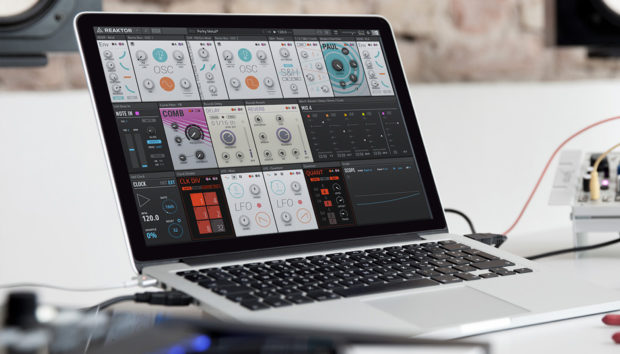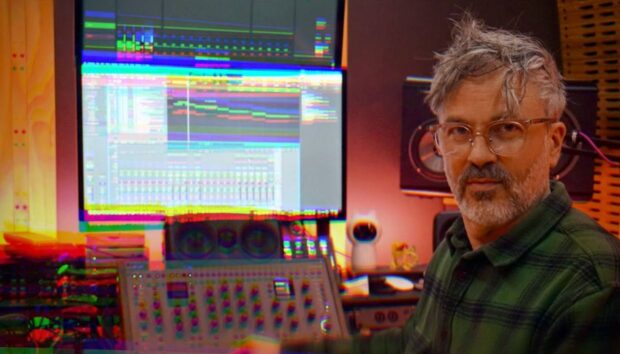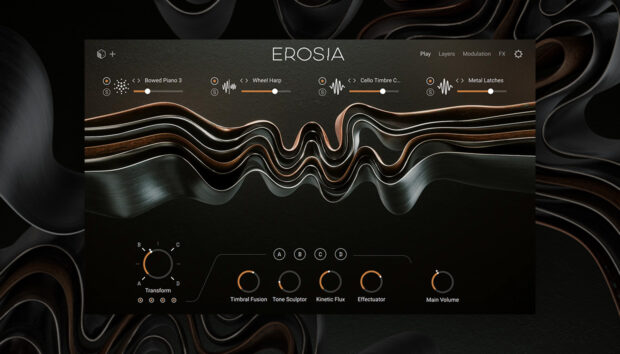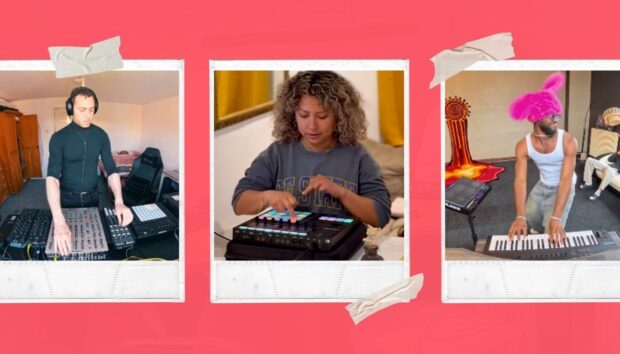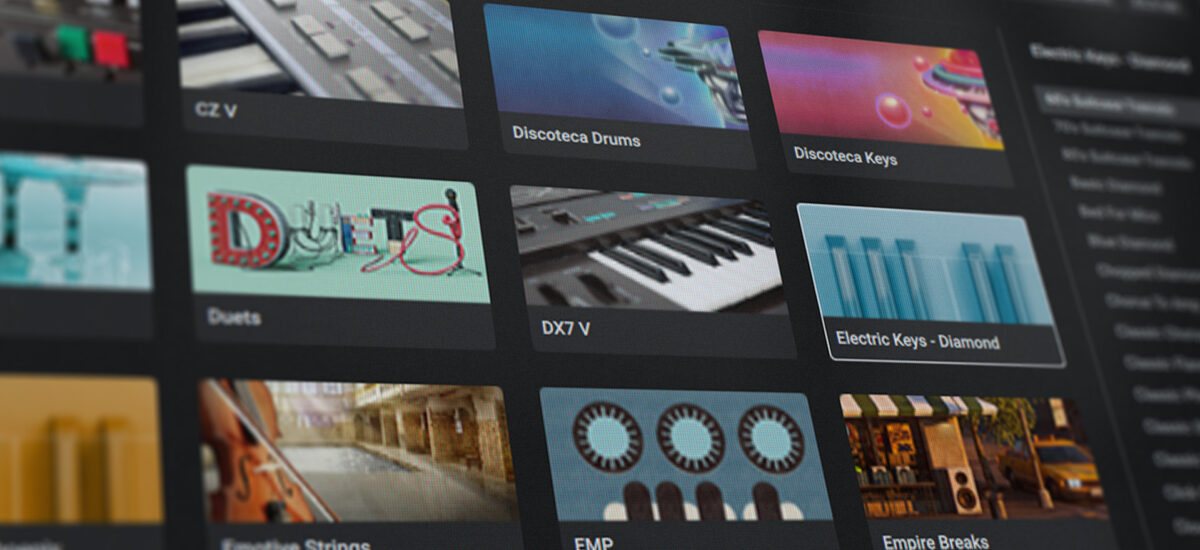
It’s the house sensation sweeping the world alongside Afrobeats, but what is amapiano music? The genre’s lower tempos, groovy percussion ensembles, and signature basslines make amapiano a great fit for the dancefloor and more chilled settings alike. Since its inception in South Africa a few years ago, amapiano music quickly grew into a nationwide and then global phenomenon, with artists like Kabza De Small and DJ Maphorisa pushing it into the mainstream.
In this guide to the laid-back musical style, we’ll examine what amapiano means, where it comes from, and look at what instruments are used to make it.
Jump to these sections:
In this guide on how to make amapiano music we’ll use Native Instruments’ Komplete Kontrol, Global Shake, Massive X, Electric Keys – Diamond and iZotope Ozone 11 – all included Komplete, the essential music production bundle that has everything you need to make the music that matters to you.
What is amapiano music?
Amapiano is an electronic deep house-adjacent genre that comes from South Africa. It takes its name from the Zulu word for ‘the pianos’. Influenced by classic kwaito South African house music and 90s deep house, amapiano features grooving, percussion-heavy beats in the 110 BPMs, smooth electric piano, strings, and synth chords. One of the genre’s most idiosyncratic elements is its full, round, analog-style bass lines.
The genre began emerging in the 2010s in townships in Pretoria and Johannesburg, evolving from local house scenes. It initially spread through file-sharing apps and grassroots DJ culture before exploding in popularity around 2019.
Amapiano has diverse subgenres that take the sound in more hip-hop, poppy, and EDM-like directions.
How to make amapiano, step by step
1. Creating a drum beat
Let’s begin our production by setting our project tempo to 114 BPM.

We can make an amapiano beat very quickly using sounds from the Global Shake expansion. Load up Komplete Kontrol on a MIDI track, click the Loop button, and select the Global Shake expansion to display its included loops in the list on the right. Double-click Drums[100] Awave 1 to load it up.
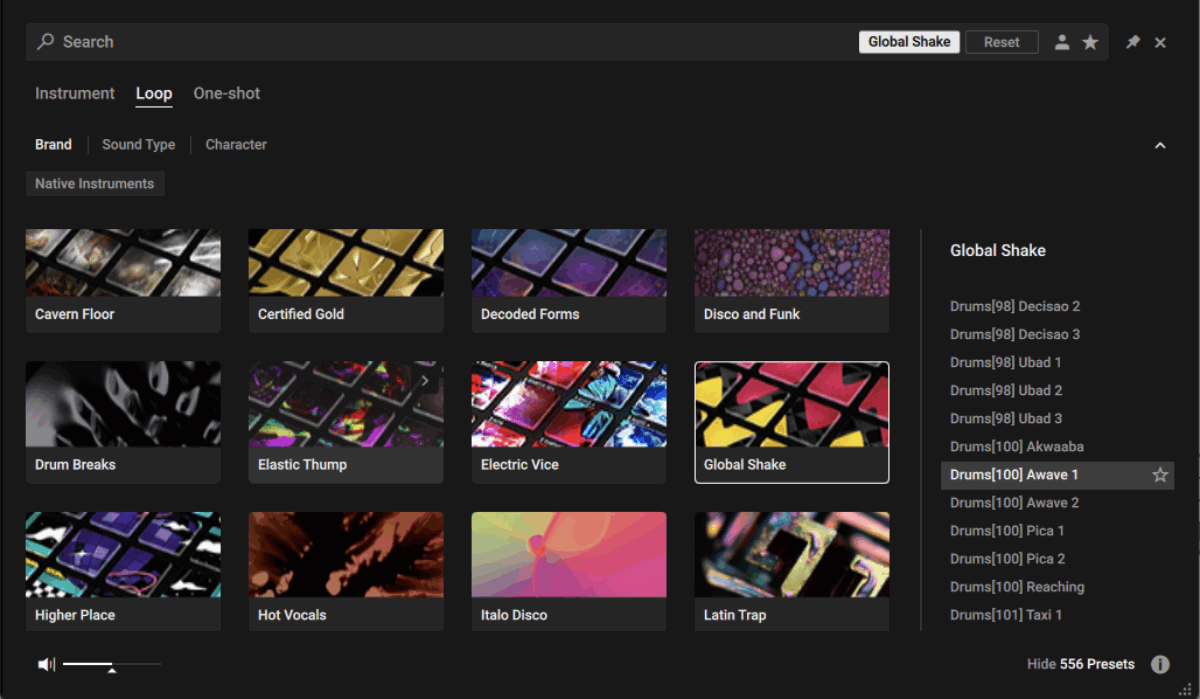
This funky percussive loop will give us the beginning of a groove that we can base our track around. Sequence the loop to play on C4 for four bars. We’ll use a velocity level of 100 for everything in this guide unless otherwise specified.

Set this track to -6 dB to give us headroom in the mix to add further elements.
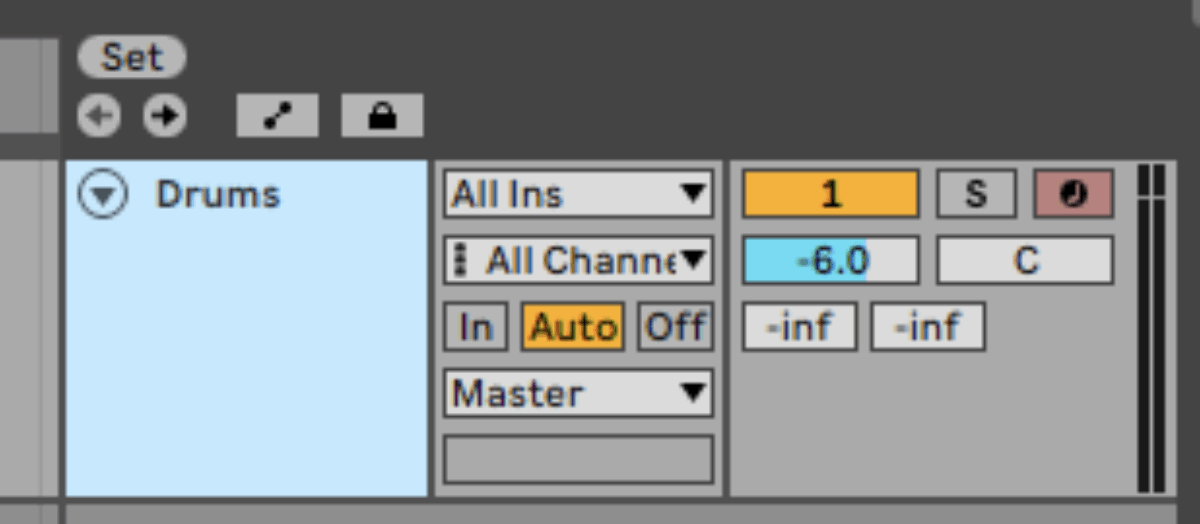
Next, let’s add a kick drum to underpin this beat. On a new MIDI track, load up another instance of Komplete Kontrol. This time, click One-shot, select Global Shake, and double-click Kick Eightfour 1 to load it up.

Sequence this to play on every beat for four bars.

Now set this track to -6 dB to balance it with the drum loop.

For the final part of our drum beat, let’s add some shakers. Create another MIDI track, and this time in Komplete Kontrol select Loop, Global Shake, and double-click Shaker[100] Global 13 to load it up.
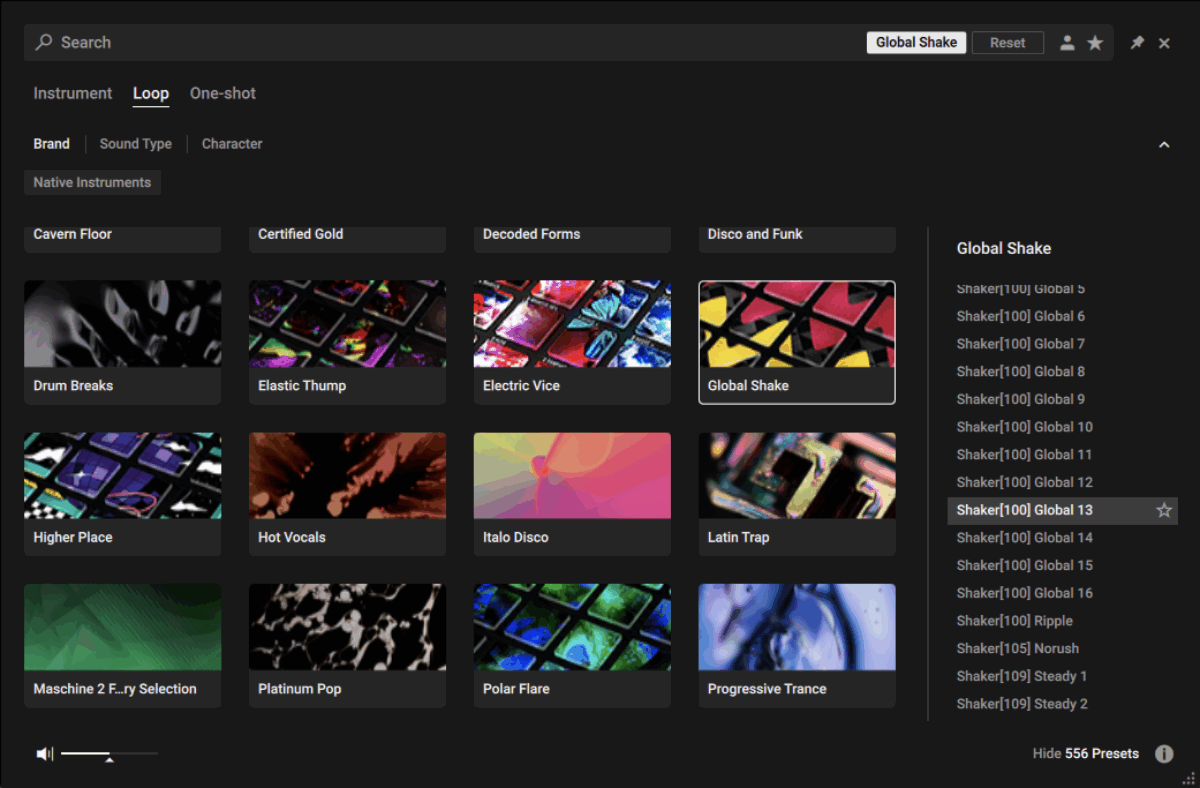
Sequence this to also play on C3 for four bars.

Set this track to -6 dB too.

2. Composing chords
Now that we have a rhythmic foundation for our track, let’s create a chord progression. On a new MIDI track, load up Komplete Kontrol, and this time select Electric Keys – Diamond and load up the 60’s Suitcase Tremolo preset.
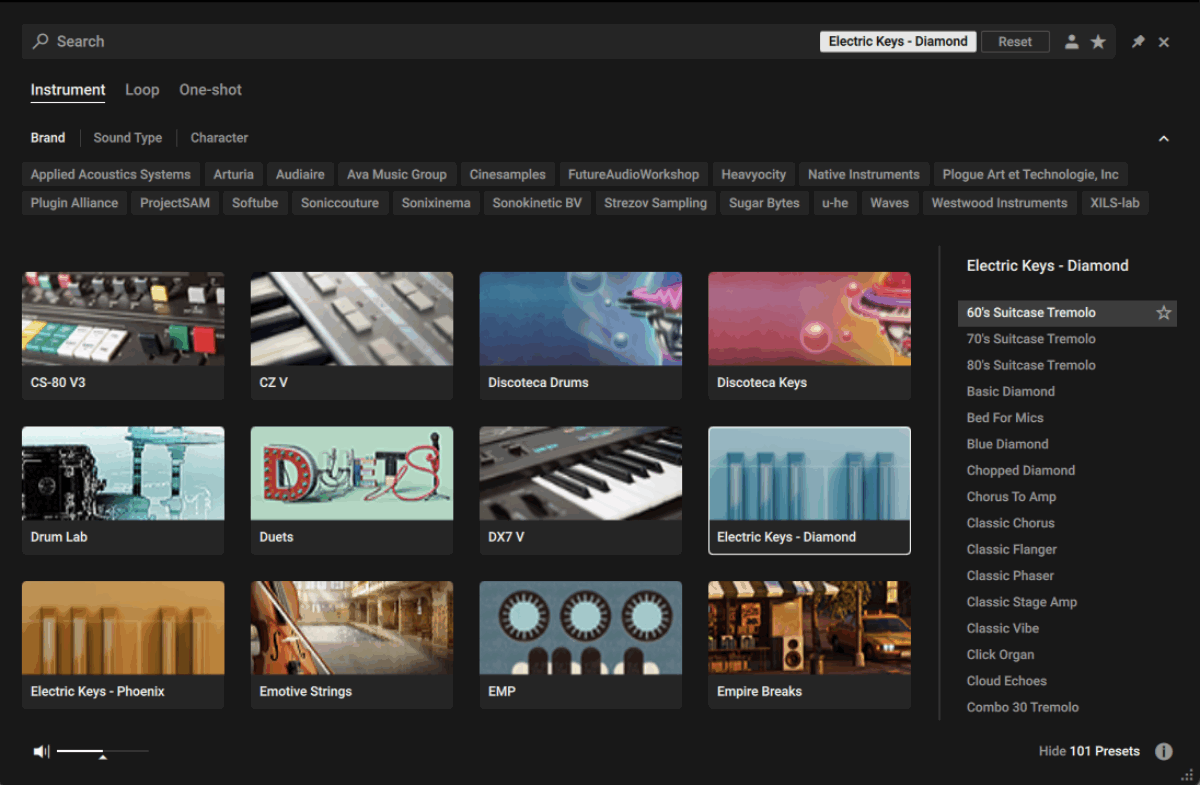
Set this track to -3 dB to balance it with the other elements.
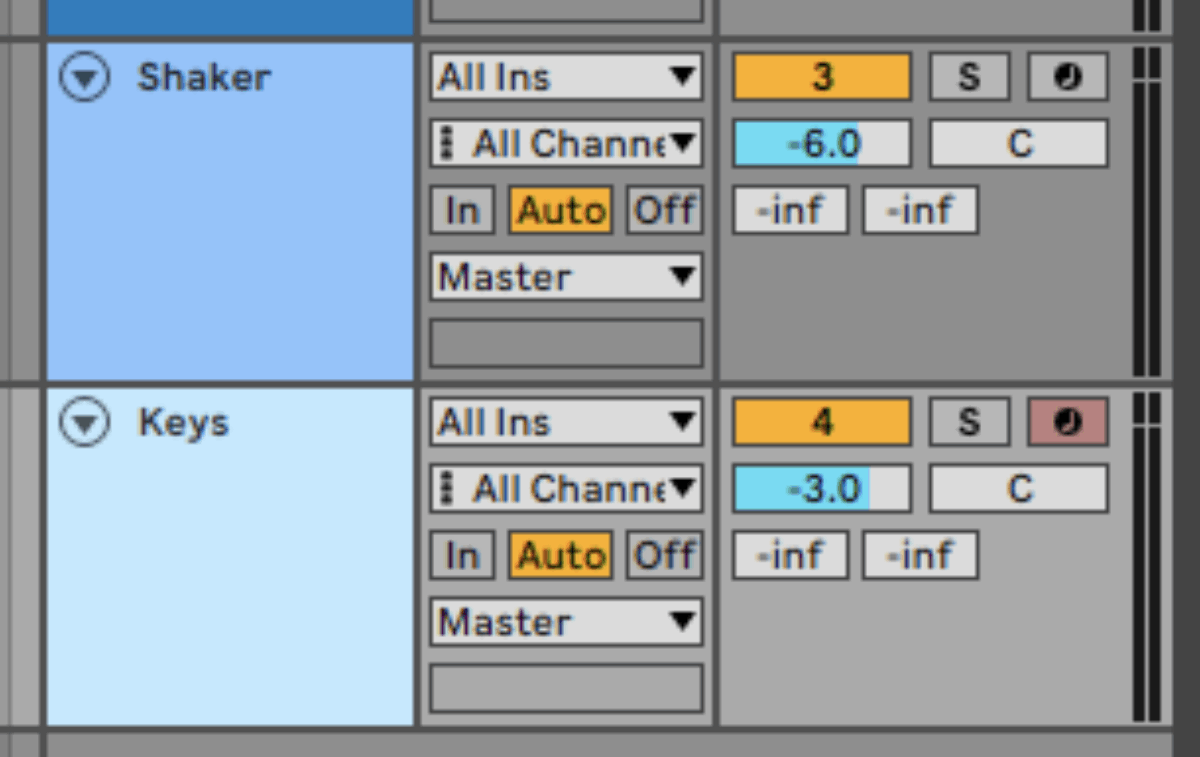
Copy the chord progression we’ve used here, which plays Fmin7, C#maj7, G#maj7, and Gmin7. Use a velocity level of 55 with this sound to give it a smooth timbre that’s ideal for amapiano music.
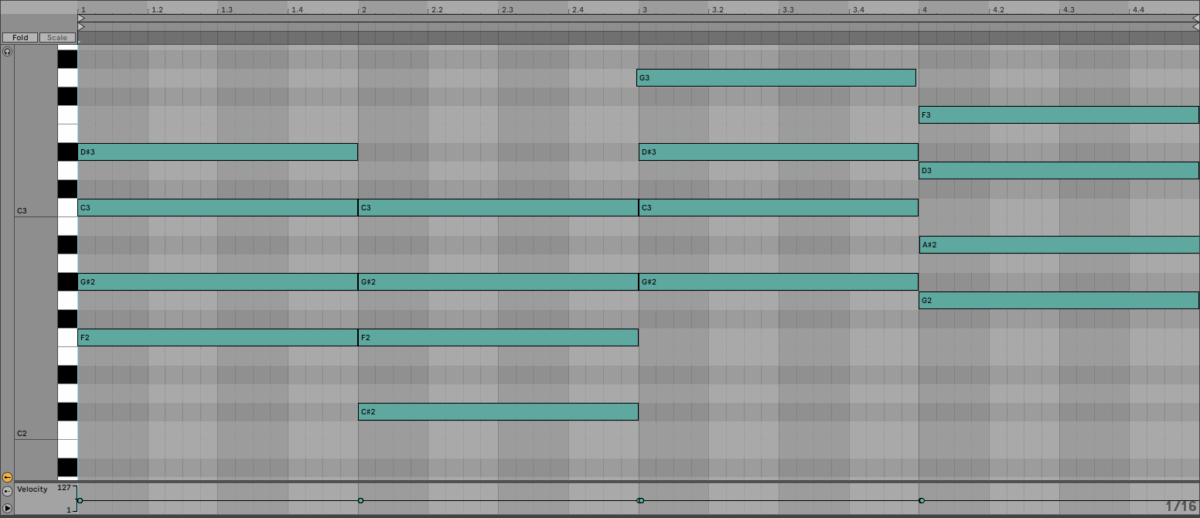
Let’s embellish this chord progression with a little variety. At the end of the first chord, add a G#maj7, at the end of the second chord add an Fmin7, and at the end of the third chord add another G# maj7.
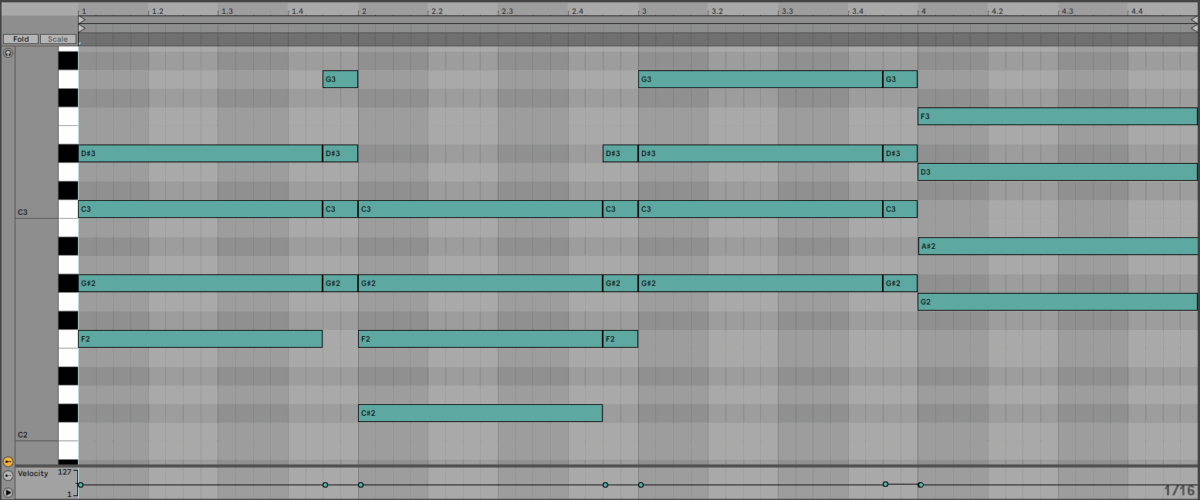
Let’s layer the electric piano with a pad to give it a richer timbre. On a new MIDI track, add Massive X. Click the preset name to bring up the Browser, select the Synth Pad tag to filter the search results, and double-click the Deep Blue preset to load it up.

Set this track to -13.5 dB to balance it with the other elements.
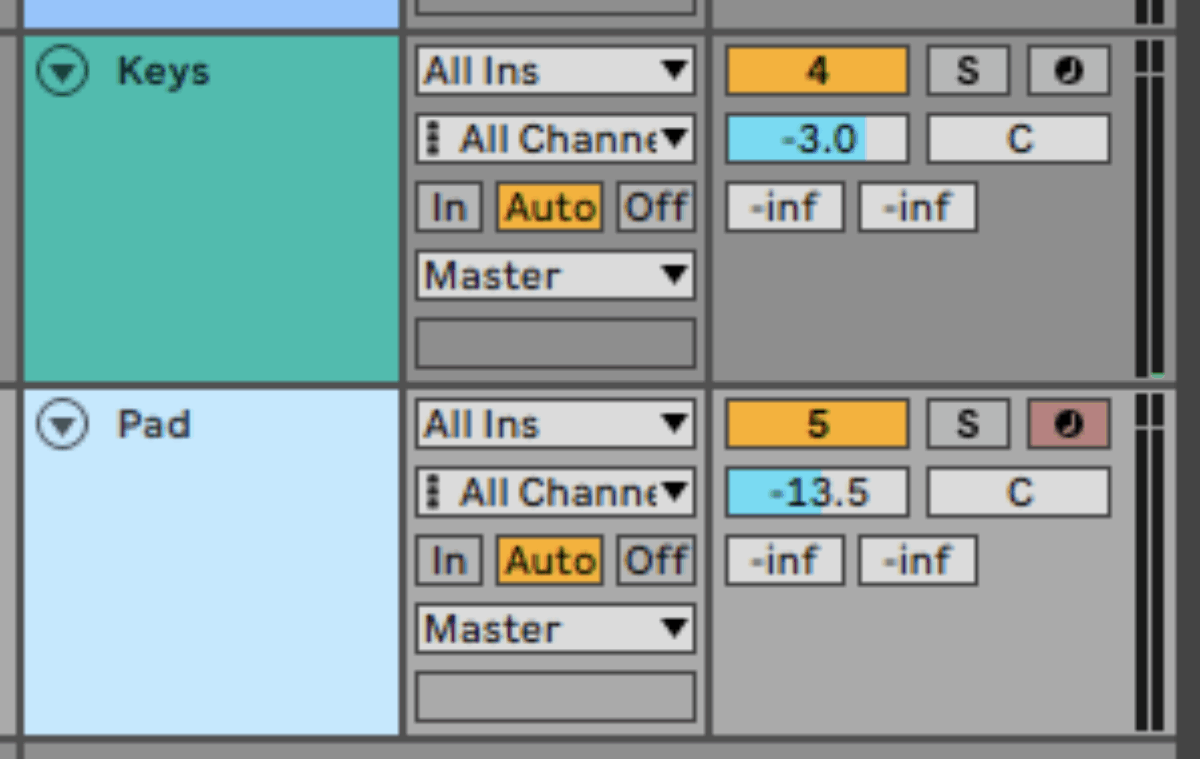
Now duplicate the MIDI clip from the electric piano track over to this track so that it plays the same chord progression.

3. Making a bassline
On a new MIDI track, load up Massive X. This time in the Browser, select the Bass tag, and double-click the Beach Walker preset to load it up.
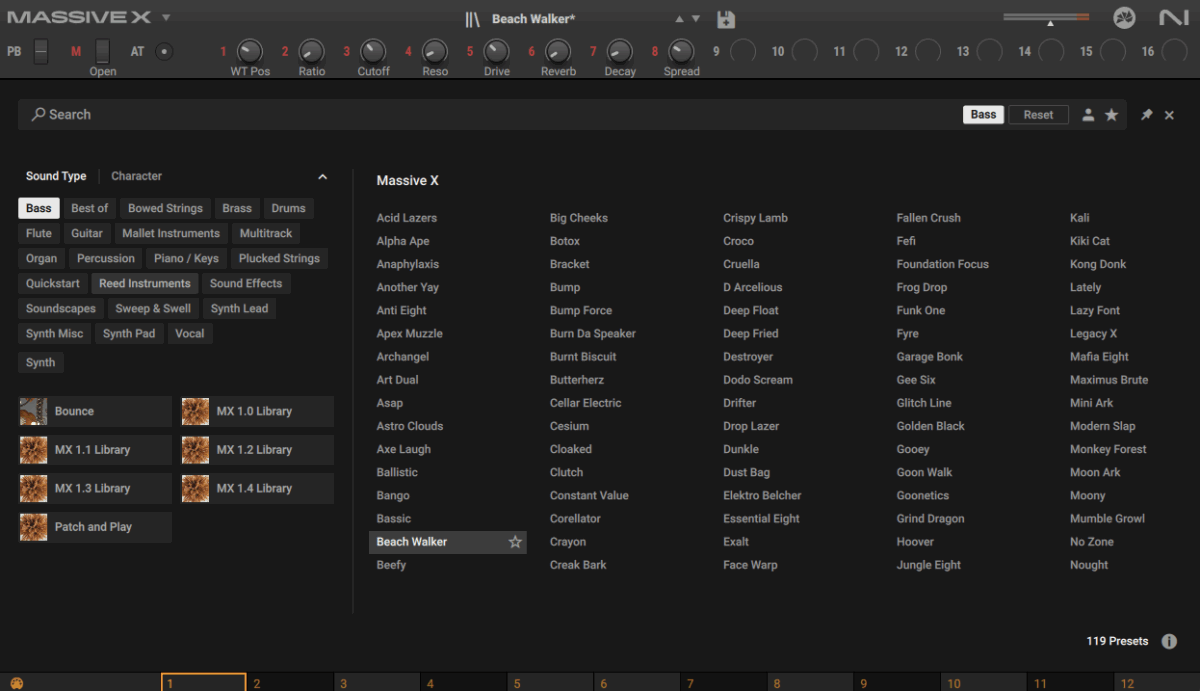
This sound is a bit rich in the mids and highs for the track we’re making, so bring down the Freq (frequency) knob in the filter panel to around 20 Hz.
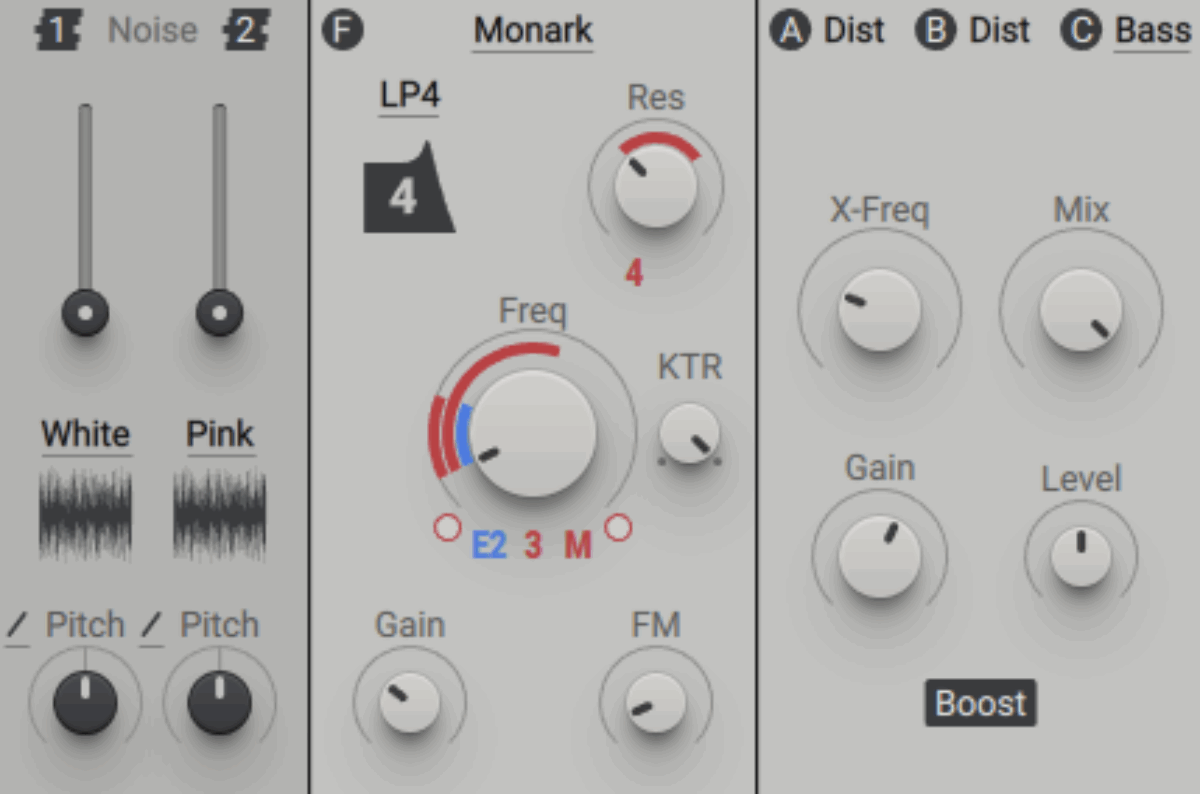
Set this track to -6 dB.
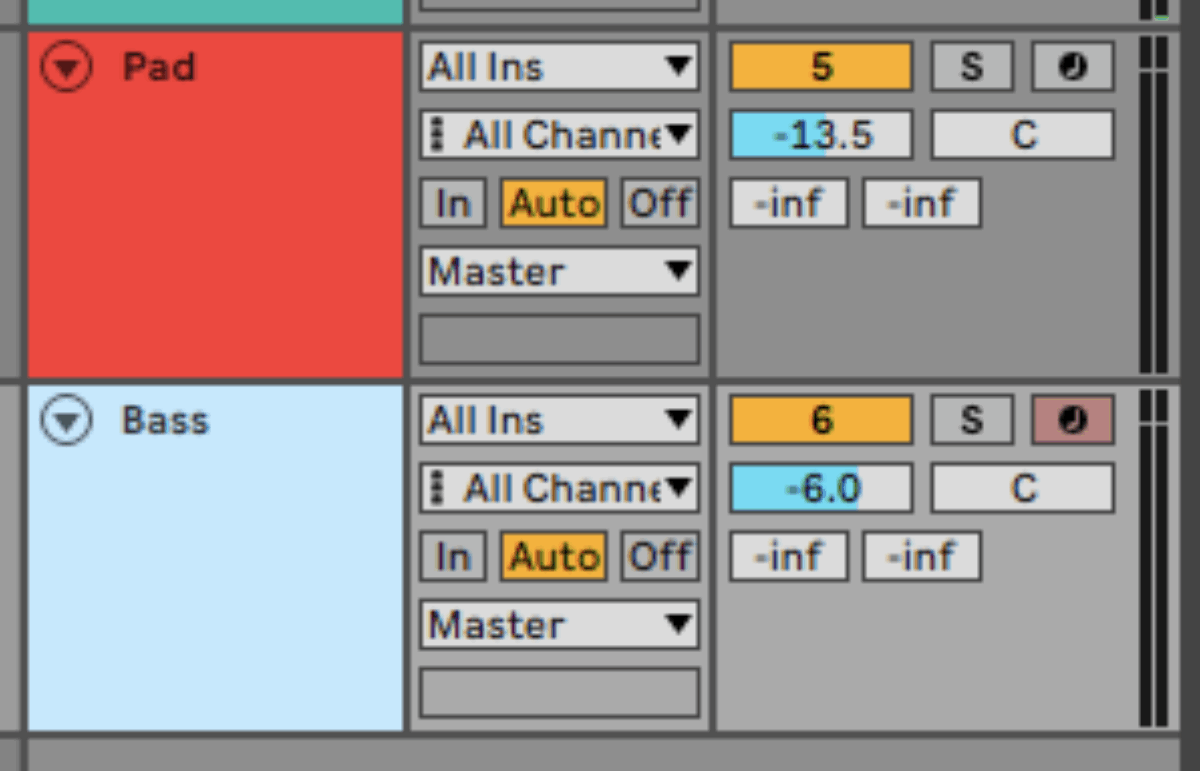
Copy the bass line we’ve used here, which follows the root notes of the chords.
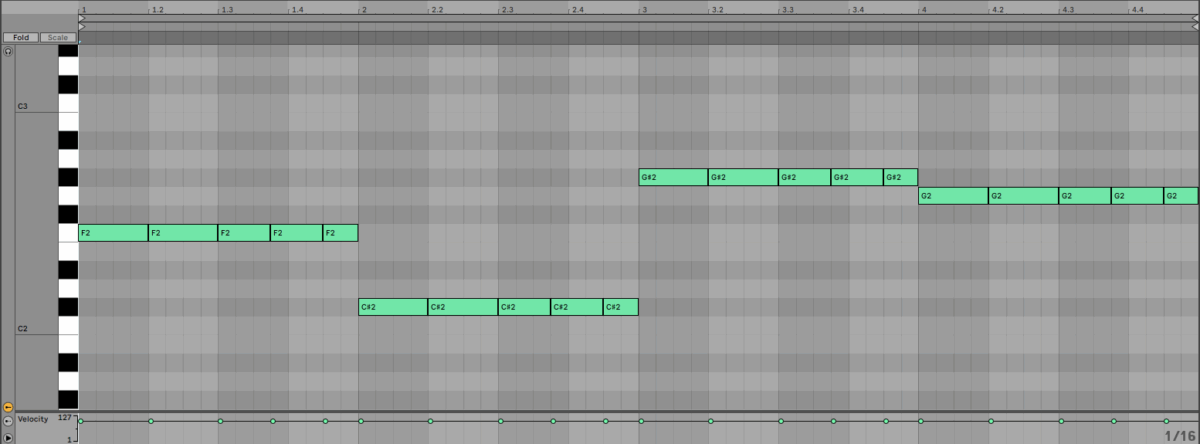
4. Adding a lead line
The final element we’re going to make is a lead. On a new track, add Massive X, and this time in the Browser select the Mallet Instruments tag and load the Organic Log preset.
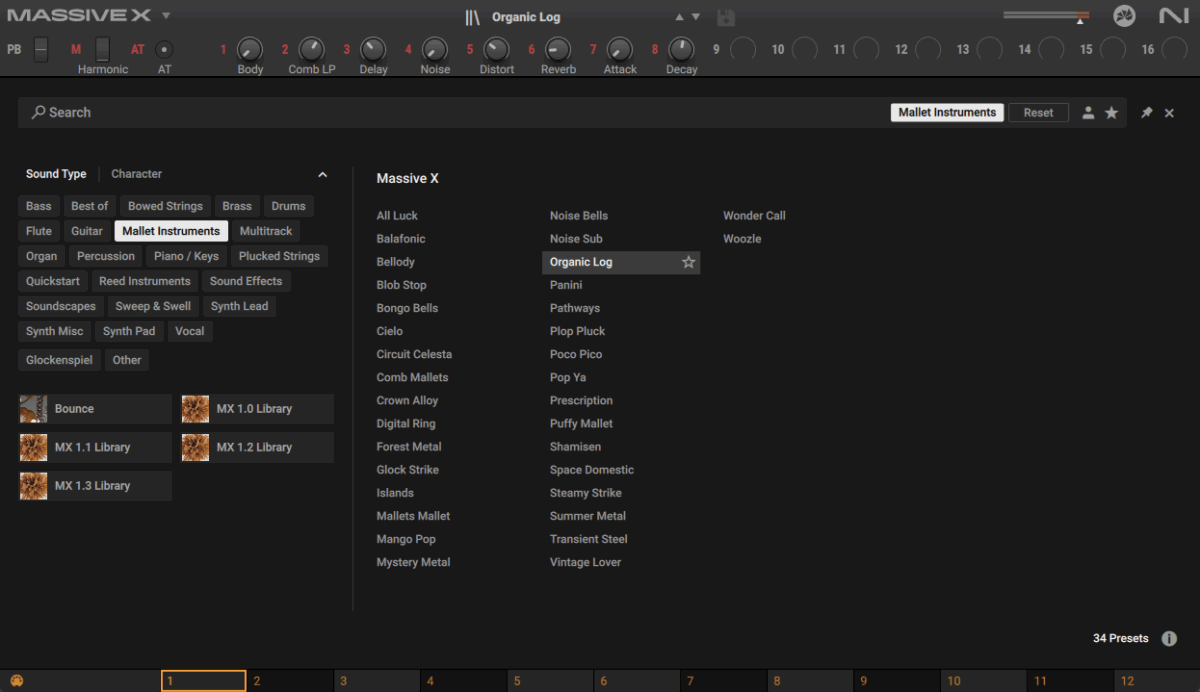
Set this track to -6 dB.
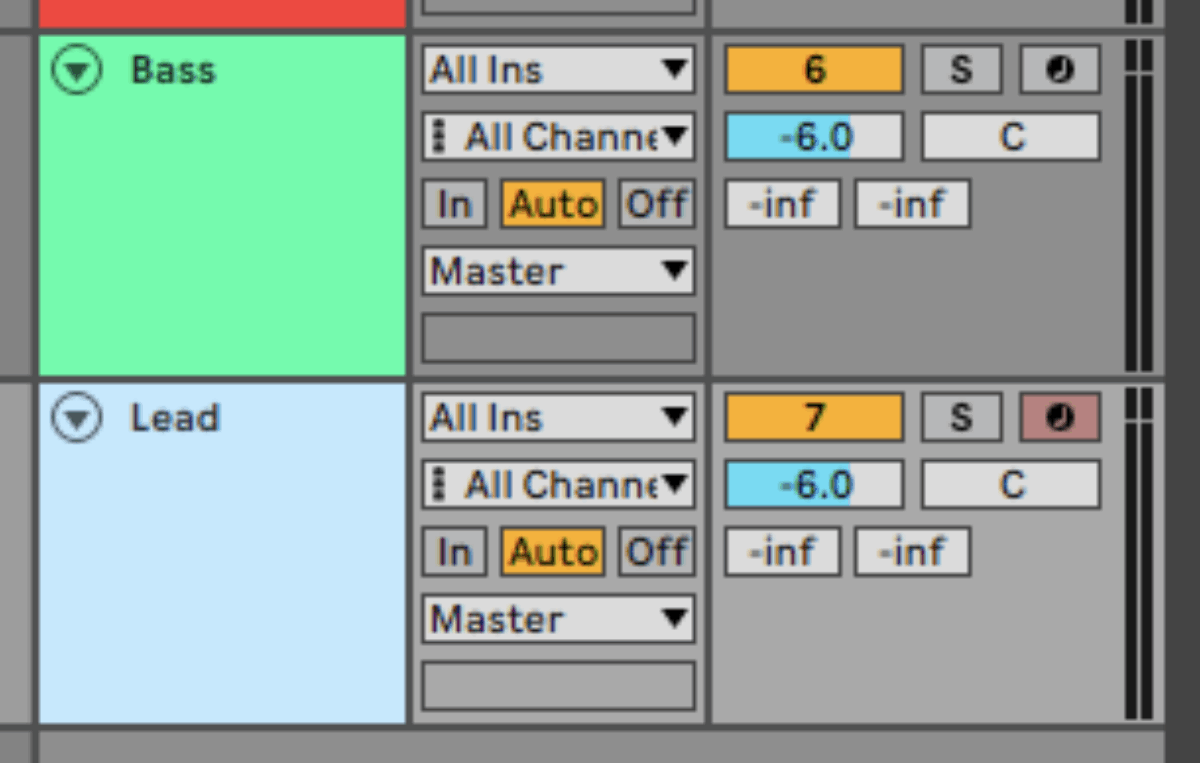
Copy the MIDI part we’ve used here, or create your own lead line.

Now we have all the elements our track needs, let’s create an arrangement.
5. The arrangement
Copy the arrangement we’ve used here, which begins with a beats-only intro, and gradually adds and removes elements every four or eight bars to keep things interesting.

6. Mastering
Let’s use iZotope Ozone 11’s Mastering Assistant to help us quickly make a master. Add
Ozone 11 to the master bus, and click the Assistant View button.
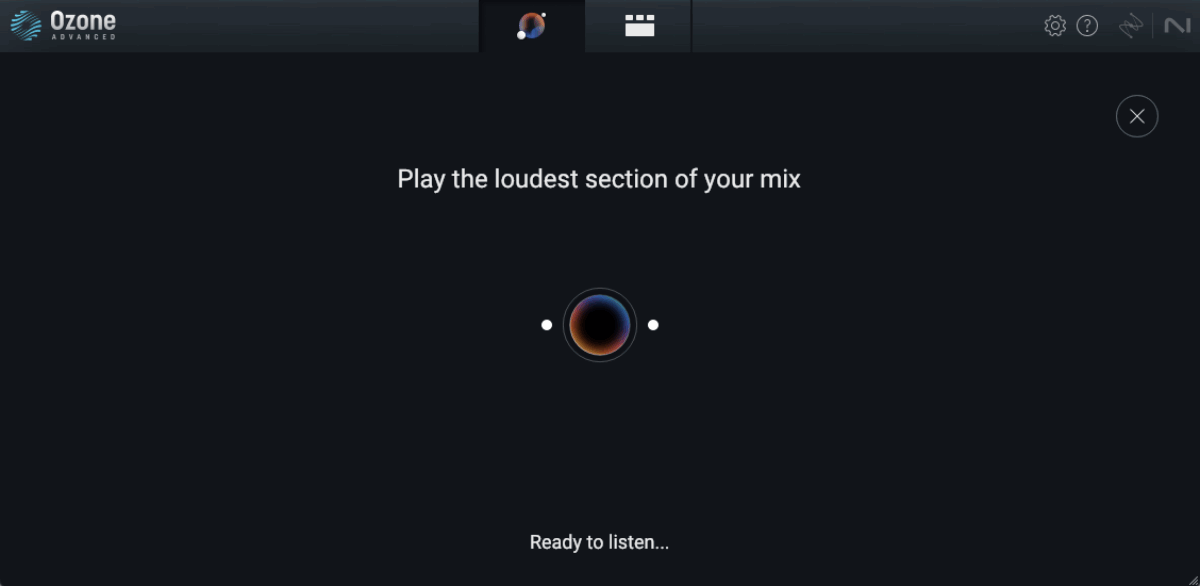
Ozone 11 will prompt you to play the loudest section of your mix, so play back from bar 21, where all the musical elements play at once. The plugin will automatically analyse the audio input and create a custom mastering chain. This will boost the track’s level significantly, so take care that your speakers or headphones aren’t set too loud.
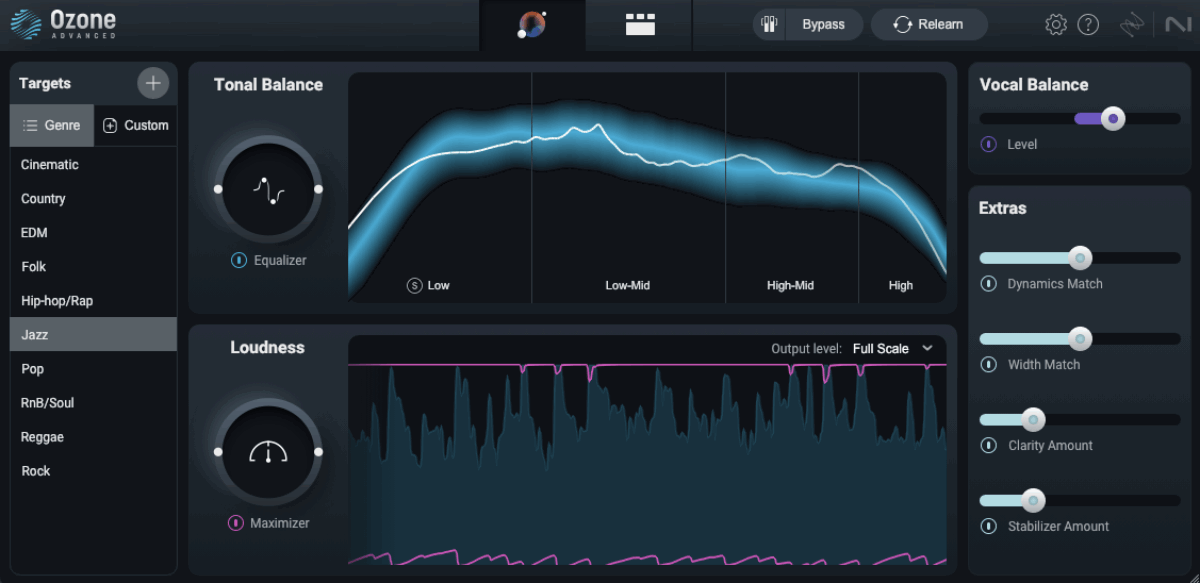
Select the Pop mastering Target to get a more upfront sound.

Start making amapiano today
In this tutorial, we’ve shown you how to make an amapiano track from scratch with instruments available in Komplete.
Now that you have a grasp on the genre, hop into your DAW and start making amapiano music of your own today.
